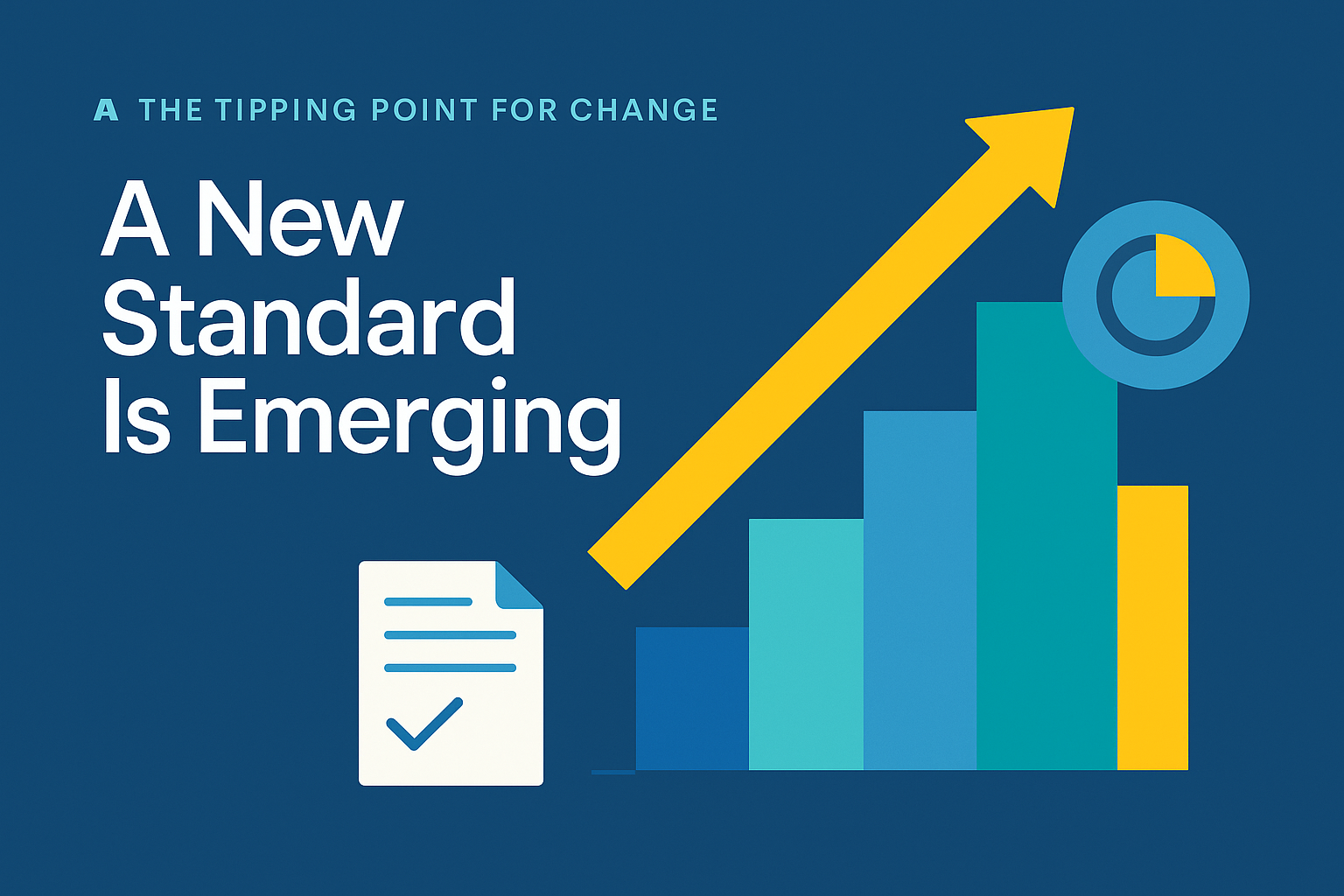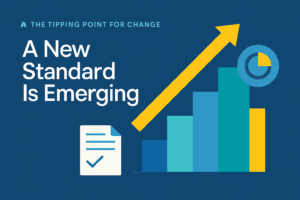
The Tipping Point for Change
The Asset-Based Lending (ABL) industry is at a crossroads. For decades, manual processes, spreadsheets, and static reports have defined how lenders and borrowers interact. However, the margin for error is narrowing. A recent national variance analysis revealed that 89% of borrowing bases include material errors. These errors are considered ‘material’ because the results are at least 10% off from the expected amounts. This means they can significantly distort the lender’s assessment of collateral and their ability to monitor credit risk. Therefore, the time to modernize through ABL digital transformation is now.
The Risks of Legacy Workflows
In most traditional ABL workflows, the responsibility of preparing borrowing base calculations and identifying ineligibles falls heavily on the borrower. Borrowers must extract data from their internal systems, interpret their loan agreement terms, and calculate eligible and ineligible collateral manually. This process is time-consuming and resource-intensive, often requiring financial or accounting staff to dedicate significant time for accurate preparation.
There is little standardization in how lenders validate these submissions. Some lenders invest time and resources into independently recalculating the borrowing base to verify accuracy. Other lenders only perform spot checks. This inconsistency creates a significant risk: miscalculation, whether intentional or accidental, can slip through undetected. Errors in the borrowing base impact availability calculations and may expose lenders to unforeseen credit risk. Embracing ABL digital transformation can mitigate these risks.
Inefficient back-office systems contribute to misreported data, delayed risk detection, and elevated compliance burdens. When lenders rely on periodic reporting and human-led reconciliation, they’re left exposed to sudden shifts in collateral value. Furthermore, siloed data systems make it nearly impossible to generate real-time insights or support collaborative decision-making. These limitations can cost lenders millions in missed opportunities, operational overhead, and unanticipated credit risks. Digital transformation in ABL can offer solutions to these persistent challenges.
Other risks include:
– Labor-intensive compliance reporting
– Disconnected communications across borrower, lender, and auditor teams
– Cumbersome onboarding for new loan accounts
A New Standard in ABL Is Emerging
For borrowers, this new standard relieves one of their most significant pain points. These are the recurring burden of calculating ineligibles and borrowing bases. Rather than hiring an analyst or dedicating internal resources to complex spreadsheet-driven processes, borrowers can rely on automated systems. These systems perform calculations based on direct ERP connections or reports from the accounting system. These platforms provide immediate visibility into how results were derived. Consequently, borrowers gain full transparency into the logic and rules applied through ABL automation. ABL digital transformation is at the heart of this new standard.
Borrowers also benefit from real-time availability updates. As their data flows into the system, calculations are performed immediately. This enables both borrowers and lenders to assess updated collateral values and provide funding decisions. The process occurs with little to no delay. This means faster access to working capital, improved trust between lender and borrower, and a dramatic reduction in back-and-forth communications over discrepancies or missing documentation.
This digital transformation doesn’t just improve workflow efficiency. It redefines how risk is managed, how funding is delivered, and how borrowers and lenders collaborate. Starting with the back office unlocks immediate and scalable value across the entire lending lifecycle. Lenders who adopt a modern approach benefit from centralized data, automated processes, real-time risk monitoring, and audit readiness. These are all essential for staying competitive in a rapidly evolving financial landscape.
Additional benefits include:
– Reduced margin of error in borrowing base calculations
– Scalable systems ready to support complex portfolios
– Faster, smarter lending decisions supported by analytics
Conclusion
Digital transformation in ABL is no longer a forward-looking idea. Instead, it’s a present-day necessity. The reliance on manual processes and disconnected workflows is becoming a liability in an industry where speed, accuracy, and trust are essential. By embracing digital tools that automate borrowing base workflows, and enhance transparency, both lenders and borrowers benefit from faster funding. This also leads to reduced risk, and more scalable operations through ABL automation.
The time to act is now. Forward-thinking lenders who invest in ABL digital transformation are better positioned to meet borrower expectations. They also stay compliant, and grow their portfolios efficiently.
Ready to modernize your ABL workflows?
Connect with LoanWatch today and discover how our technology empowers lenders and borrowers alike. Thus, they can operate smarter, faster, and with confidence in an evolving financial landscape.


